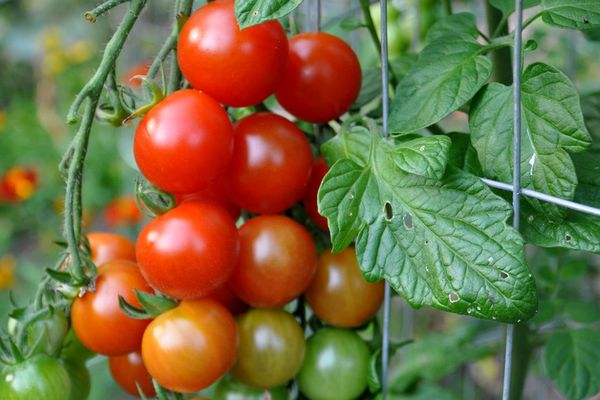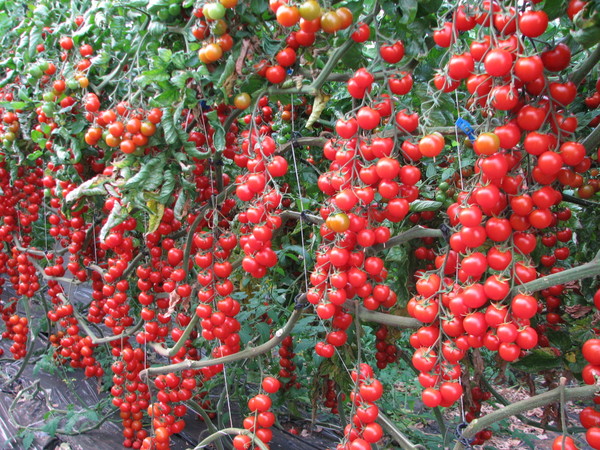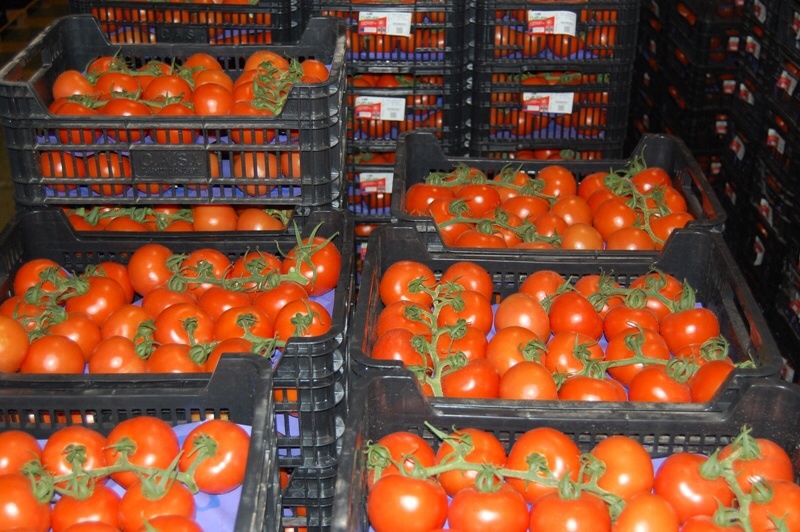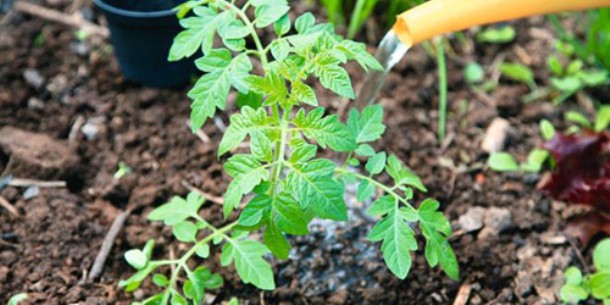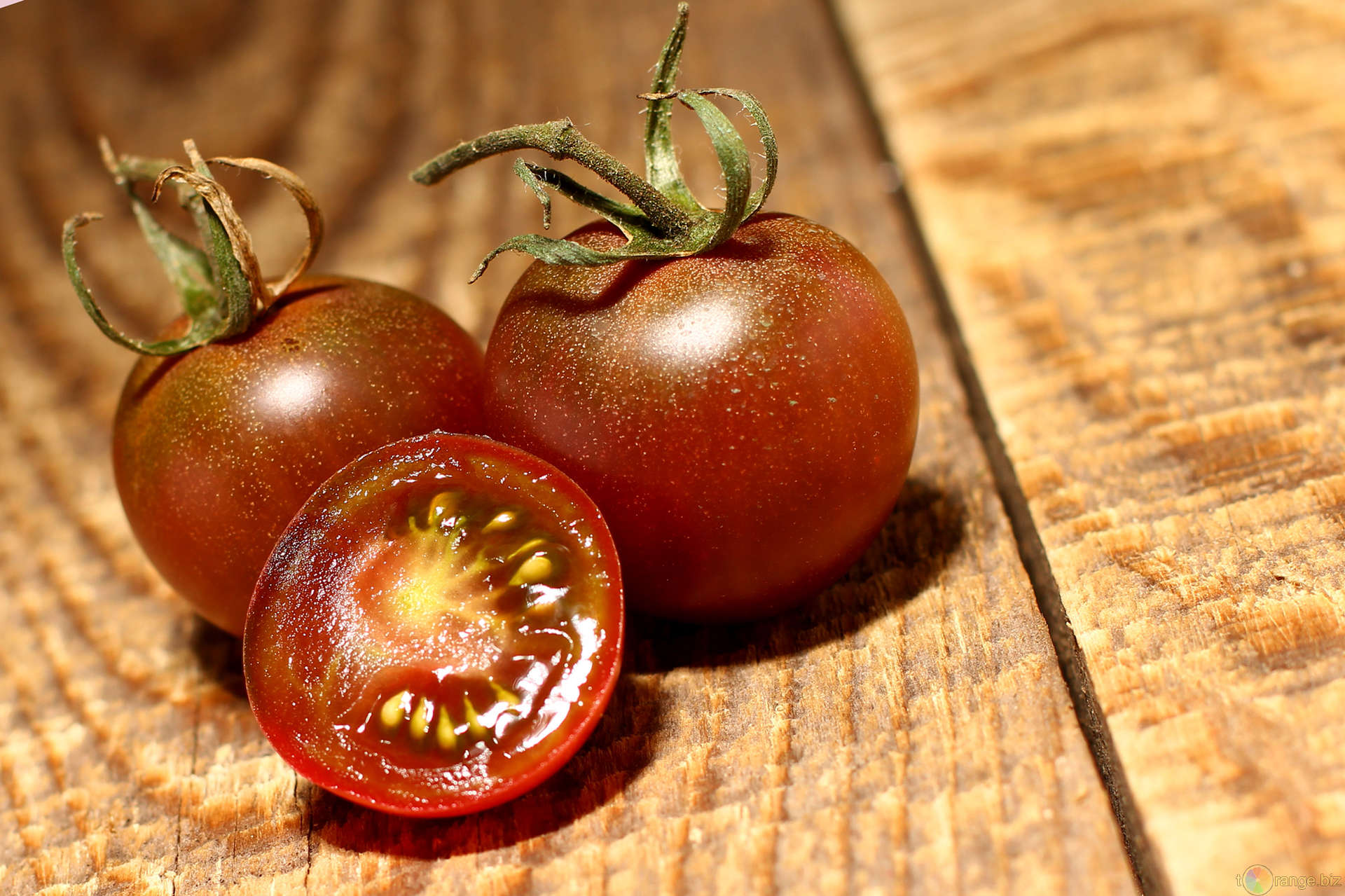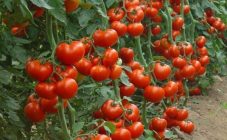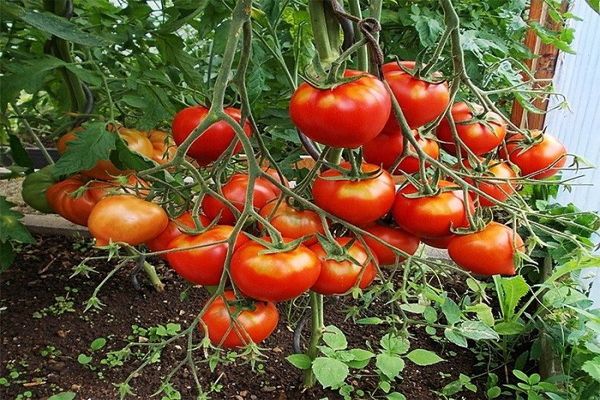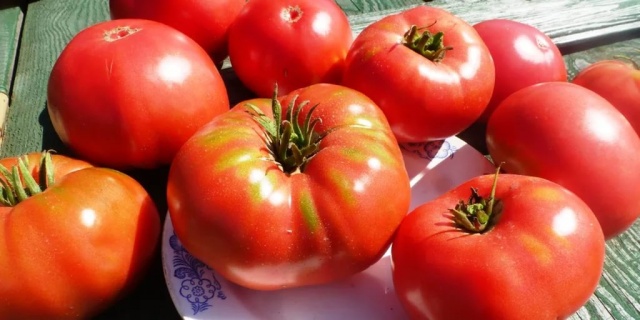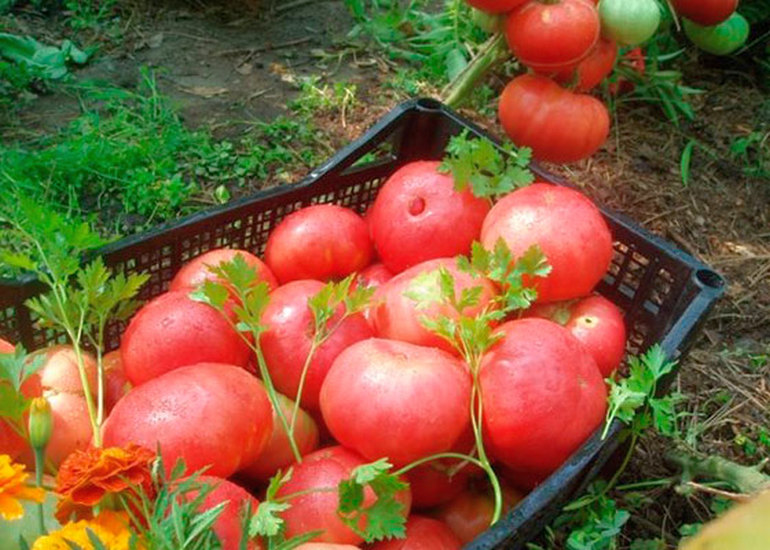Despite its miniature size, the Sweet Million tomato is confidently called a great achievement of Siberian breeders. Small red balls, slightly larger than cherries, are very fond of gardeners in the southern and central regions of the country. They look great not only on the dining table. Culture can become both the pride of a summer resident who has grown such a miracle in his garden, and a decorative decoration of his garden.
Description of the plant
If the choice fell on the Sweet Million tomato, then the characteristics and description of the variety will help to understand all the subtleties of caring for the crop. It is not difficult to grow the presented variety in a summer cottage, it is enough to follow the advice of experienced breeders.
The tomato is a greenhouse plant, therefore, seedlings are planted in greenhouses for good fruiting. The exceptions are regions with a warm climate, where it can be planted in open ground.
Characteristics of the variety:
- early maturing;
- indeterminate;
- tall;
- high knotty;
- abundant fruiting;
- resistance to late blight;
- Heated and unheated greenhouses are suitable for planting.
The tomato is a hybrid species F1. Breeders do not recommend collecting seeds from grown fruits for sowing next year. Shop material is better suited for these purposes. Home seeds do not always please with good germination. Important features of the hybrid variety are high yields and early fruiting.
Tomato bushes are not limited in growth, they grow up to 2.5 meters. Therefore, in order to avoid injury to the stem, it is tied to a strong trellis. Leaves are not very large, rich dark green color. The culture, unlike the Sensei tomato variety, does not have dense foliage. After the appearance of 8-9 true leaves, the first fruit cluster appears.
They treat guests and delight loved ones with delicious fruits 95-100 days after planting the seeds and the appearance of the first green shoots. With good care of the bushes, a rich harvest is harvested from July. Up to 12 kilograms of fruit can be harvested from one square meter.
Features of fruits
Fruit ripening on the hand occurs simultaneously. Abundant fruiting is noted even with unfavorable factors.
Fruits, their features:
- ripening more amicably;
- fruit weight - 15-20 gr.;
- small, similar to the Cherry variety;
- the color is bright red;
- the fruit is sweetish-sour;
- the skin is even and smooth;
- used in cooking.
Tomato Sweet Million is a variety of cherry tomatoes. Thanks to the amicable ripening, the fruits are convenient to pick, although this will take a little more time than picking ordinary tomatoes.
The taste of tomato combines sweetness and sourness. This taste is highly regarded by renowned chefs of elite restaurants. The fruits are used for the preparation of delicious sauces and snacks. Housewives prepare fresh salads, tomato juice from the product, serve it whole, canned in small jars.
Tomato is considered a favorite delicacy of children, especially since it is also useful. Thanks to the use of fruits, immunity is strengthened, the risk of being damaged by cancer pathologies is reduced.The product contains an abundance of antioxidant vitamins A and C, potassium, vitamin B. Lycopene contained in fruits not only fights malignant tumors, but also lowers cholesterol levels.
To enjoy the exquisite taste of aromatic tomatoes for a long time, one condition is necessary - proper storage. The optimal temperature for keeping fruits in boxes is considered to be from + 1 ° C to + 8 ° C.
Agrotechnics
Tomatoes bear fruit well on light, highly fertile soils. The culture is planted in a sunny area.
Before planting seeds, they must be soaked in potassium permanganate, then rinsed in warm water and dried or held for 12 hours in a growth stimulator.
It is necessary to plant seeds in peat pots or other small container. They do this in the first week of March. The seedlings should be in pots for about 60 days, during this period its root system will get stronger enough, the first leaves will form. It is required to harden young plants before diving into the ground. Pots with sprouts are taken outside or ventilated the room where they are located.
Planting in open ground or in a greenhouse is carried out in the second half of May. Before picking the crop, prepare the soil for planting. It is necessary to dig up the land, remove weeds, last year's leaves and roots, fertilize the soil with humus and wood ash. Planting seedlings is carried out using the tape method, observing the distance between seedlings of 20 centimeters. No more than 3-4 crops should be located on one square meter of land.
Growing seedlings – not such a complicated process, requiring only a few rules to be followed:
- regular watering;
- 2-3 dressings;
- loosening and weeding the soil;
- ventilation of greenhouses.
The culture needs daily watering. For good growth, the formation of a strong root system, it needs a lot of moisture. The water should be warm, kept in barrels or buckets. The soil under the bushes also needs to be loosened and weeded regularly.
The first feeding is carried out with organic substances, bird droppings and mullein, diluted with water (10 liters), are used. The second and subsequent top dressing - from mineral fertilizers containing nitrogen, potassium, phosphorus. Mineral fertilizers are mixed with wood ash for better digestibility by plants. Liquid dressings are applied at the root every ten days.
Experienced gardeners recommend pinching the plant as needed. For a garter, horizontal or vertical trellises are used, as it is convenient for anyone. Some people make a special wooden structure to support the fruit brushes.
Advantages and disadvantages
The culture surprises with its unusual appearance, brightness, but has not only advantages.
Benefits:
- the variety is not picky about care;
- abundant fruiting;
- simultaneous maturation;
- few leaves;
- keeps well;
- has a beautiful appearance;
- fruits are full of useful vitamins.
Disadvantages:
- requires a garter to the trellis;
- greenhouse planting;
- the culture is exposed to diseases and attacks of insects;
- the need to form a bush.
Sometimes the culture needs protection from slugs and caterpillars, green vegetation is affected by fungal and mold infections.The fruits suffer from superficial rot. To avoid trouble, you need to regularly ventilate the greenhouse. Disease control is carried out with quality insecticides.
Observing all the rules of agricultural technology, listening to the advice of experienced breeders, every summer resident will understand that he is a millionaire in his garden. The variety is not just healthy and tasty, its fruits look beautiful in decor.
